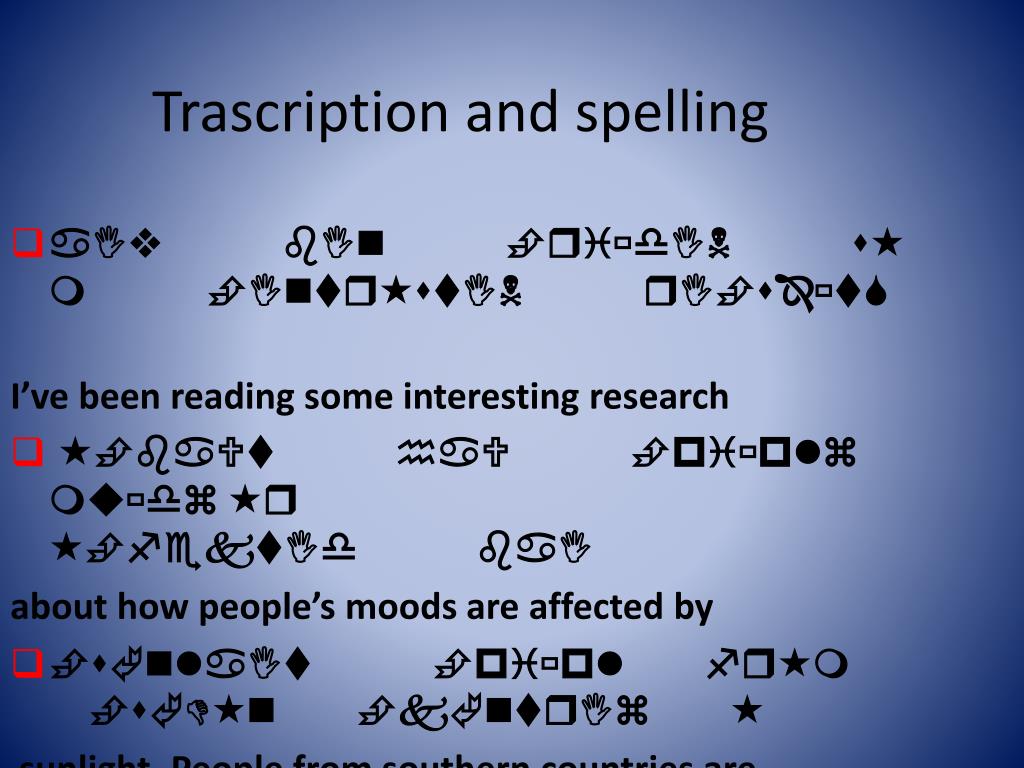

However, the second poker (the game) does not have two parts. English spelling division rules require words to be divided between different morphemes so we get the division pok The reason for this is that the first homograph (the rod) is made up of two parts (or morphemes): the stem poke and the suffix -er. er, and for the "game" one, the division is po.Yet, for the "rod" entry, the orthographic word division is pok The homographs of poker are pronounced the same, as \ˈpō-kər\. There are two noun entries for the word: one for a metal rod for stirring a fire and one for various card games. Poker is an elucidating example of word division. Although one might be tempted to divide it after a, as shown in its pronunciation \ə-ˈbau̇t\, leaving the letter stranded on a line is wrong. Another example is the simple but multipurpose about. This is because having a single letter divided from a word, at the end or beginning, can impede the reader's decoding. Note, also, that there is not a dot before the final y in the headword, even though there are four syllables in the word, as shown in the pronunciation \ˈdik-shə-ˌner-ē\. It could not, however, be divided as d-ictionary, di-ctionary, or dicti-onary, mainly because it would make the word difficult to read. This means that it can be broken at the end of a line as dic-tionary or as dictio-nary. Syllabication of a word is indicated by the hyphens found in the word's pronunciation, where they exist as aids to the pedagogical command of "sound it out." Example of Word DivisionsĪt the head of its dictionary entry, it is divided as dic They do not necessarily show syllable division (which is the common misconception) they are simply potential points of end-of-line division.


The centered dots/points in a headword-which are chiefly determined by considerations of morphology (the study of word formation, as by inflection, derivation, and compounding) and of pronunciation-indicate the places where it can be broken if all of the letters will not fit at the end of a line. No, the conventions for dividing a word at the end of a line of text and the conventions for dividing a word into phonetic syllables are not the same, and as a result a headword and its pronunciation may show different divisions. Dictionary secrets, revealed! End-of-Line Dots vs.


 0 kommentar(er)
0 kommentar(er)
